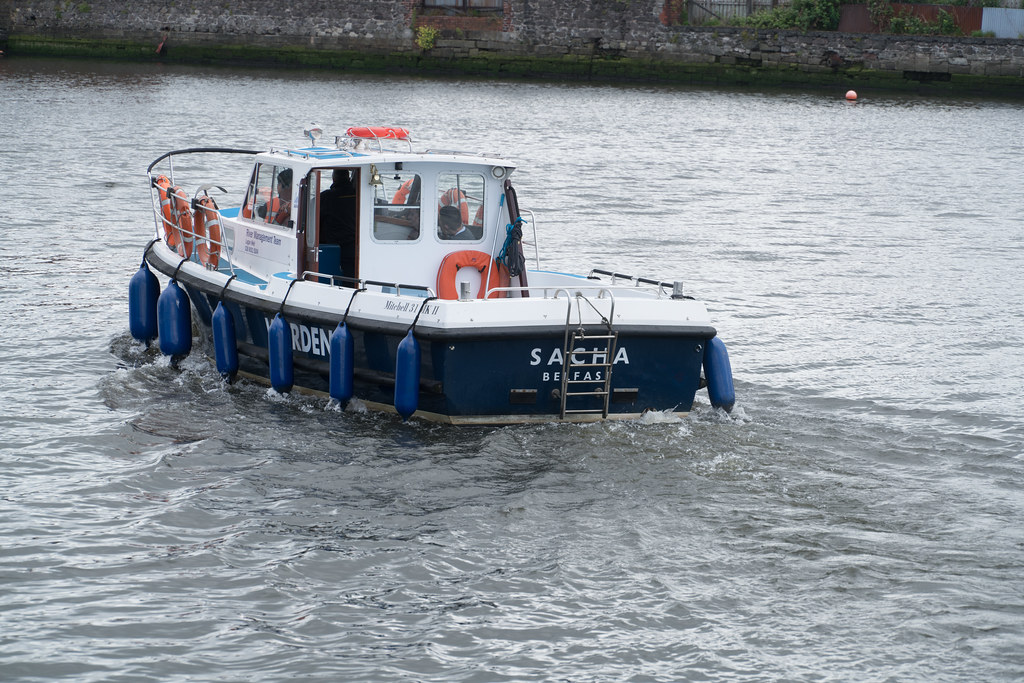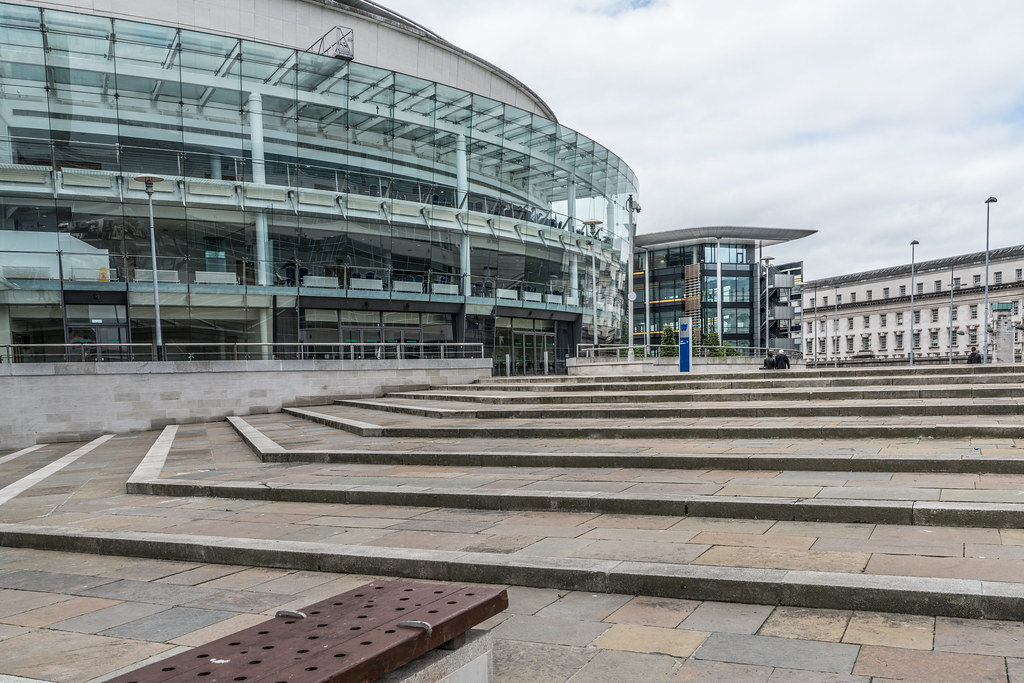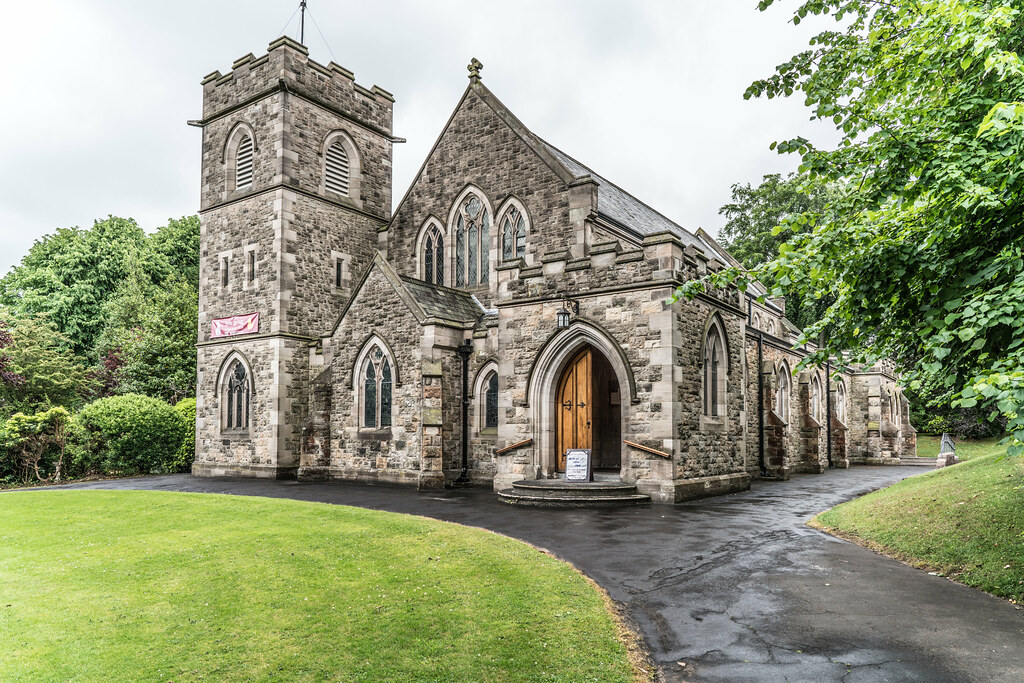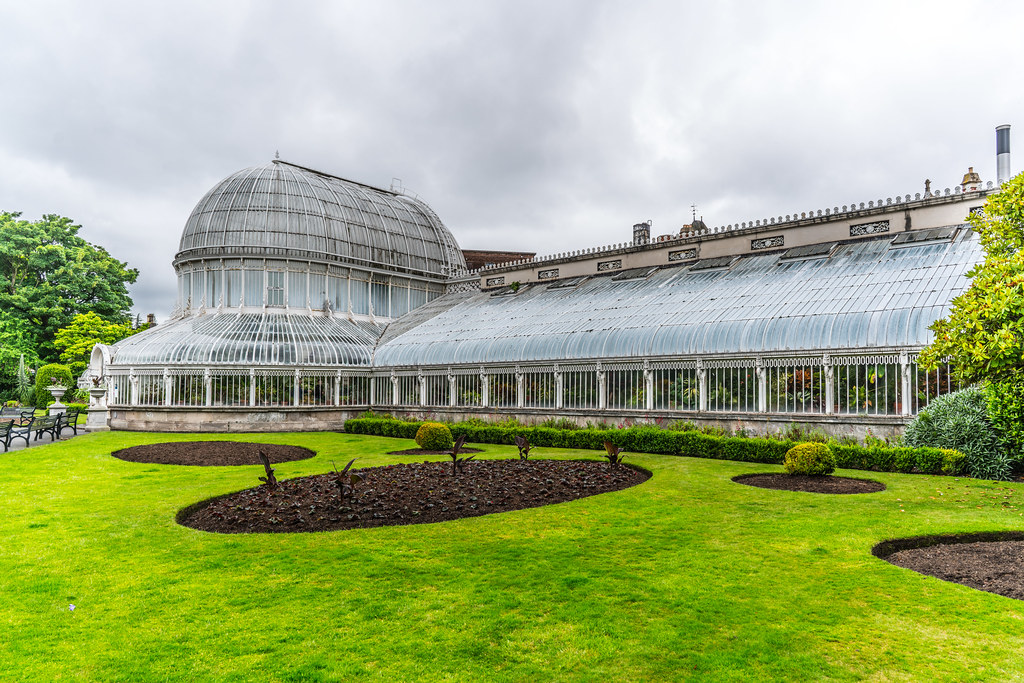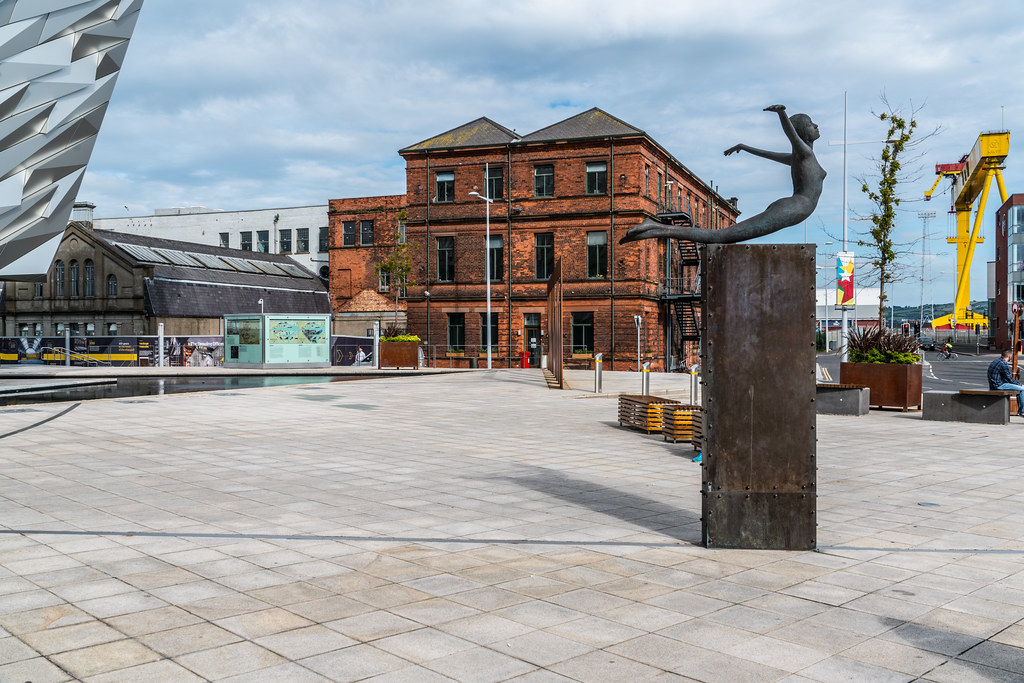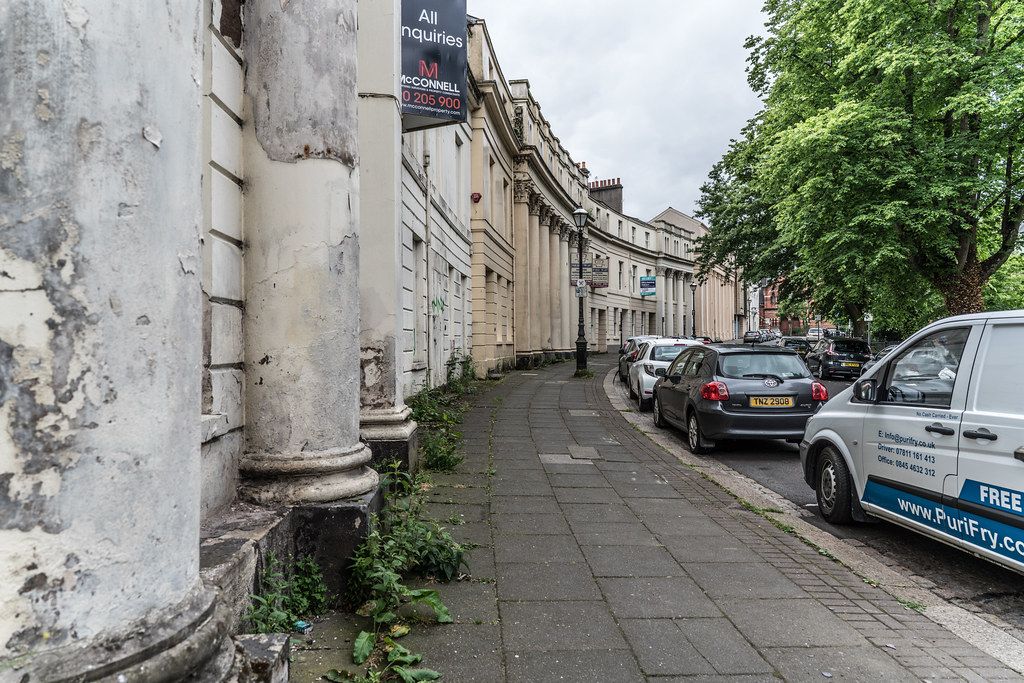
Custom Search
THE GREEN MENU OPTIONS ARE MOBILE FRIENDLY AND ARE FASTER SO THEY ARE RECOMMENDED. THE RED MENU OPTIONS ARE SOMEWHAT SLOWER DEPENDING ON YOUR DEVICE OR BROWSER AND ARE MORE SUITABLE FOR DESKTOPS AND LAPTOPS. THE BLUE OPTIONS ARE PAGE LINKS AND WILL BE PHASED OUT GOING FORWARD
2016 VISIT TO BELFAST

Belfast is the capital and largest city of Northern Ireland, the second-largest city on the island of Ireland after Dublin, and is situated around the River Lagan, which runs through the city. At the 2011 census, it had a population of 286,000. 2015 council boundary reforms increased the population to 333,841.Belfast was granted city status in 1888.
Belfast was a centre of the Irish linen, tobacco processing, rope-making and shipbuilding industries: in the early 20th century, Harland and Wolff, which built the RMS Titanic, was the biggest and most productive shipyard in the world. Belfast played a key role in the Industrial Revolution, and was a global industrial centre until the latter half of the 20th century. Industrialisation and the inward migration it brought made Belfast the biggest city in Ireland at the beginning of the 20th century.
Today, Belfast remains a centre for industry, as well as the arts, higher education, business, and law, and is the economic engine of Northern Ireland. The city suffered greatly during the period of conflict called "the Troubles", but latterly has undergone a sustained period of calm, free from the intense political violence of former years, and substantial economic and commercial growth. Additionally, Belfast city centre has undergone considerable expansion and regeneration in recent years, notably around Victoria Square.
Belfast was a centre of the Irish linen, tobacco processing, rope-making and shipbuilding industries: in the early 20th century, Harland and Wolff, which built the RMS Titanic, was the biggest and most productive shipyard in the world. Belfast played a key role in the Industrial Revolution, and was a global industrial centre until the latter half of the 20th century. Industrialisation and the inward migration it brought made Belfast the biggest city in Ireland at the beginning of the 20th century.
Today, Belfast remains a centre for industry, as well as the arts, higher education, business, and law, and is the economic engine of Northern Ireland. The city suffered greatly during the period of conflict called "the Troubles", but latterly has undergone a sustained period of calm, free from the intense political violence of former years, and substantial economic and commercial growth. Additionally, Belfast city centre has undergone considerable expansion and regeneration in recent years, notably around Victoria Square.
SORRY FOR THE DELAY
